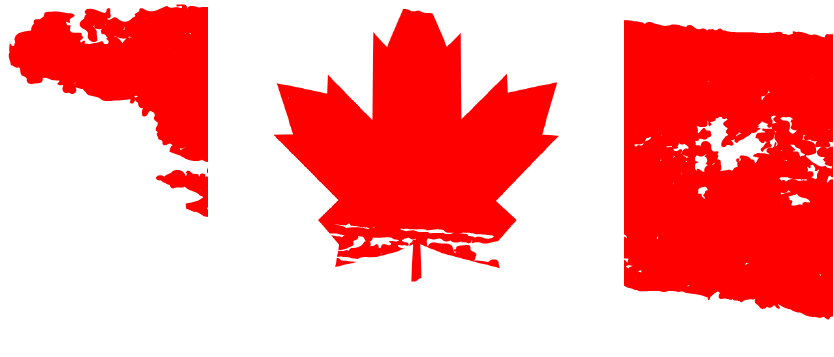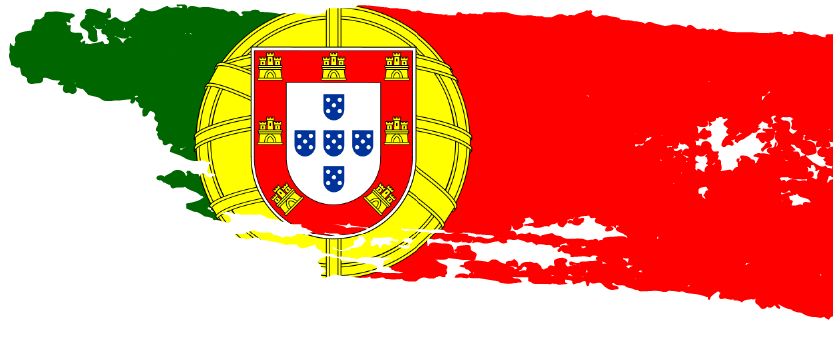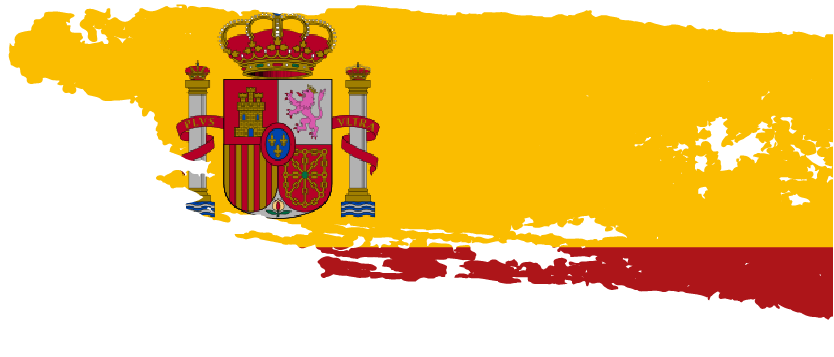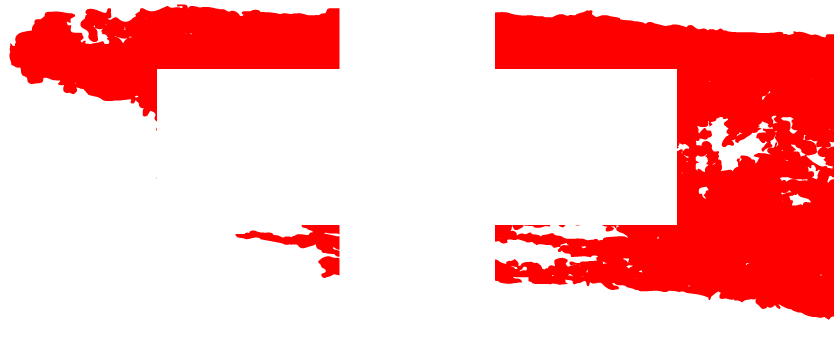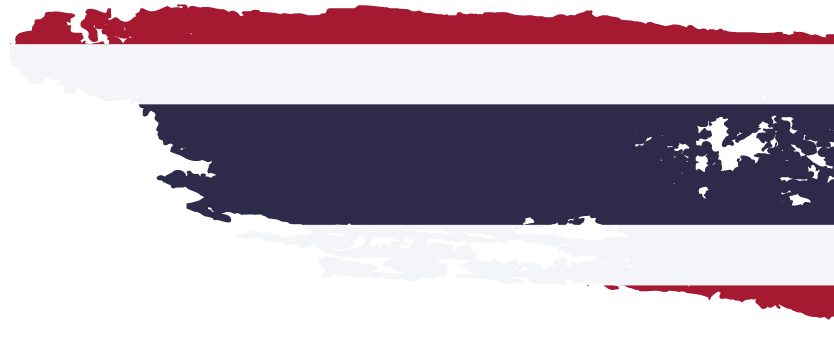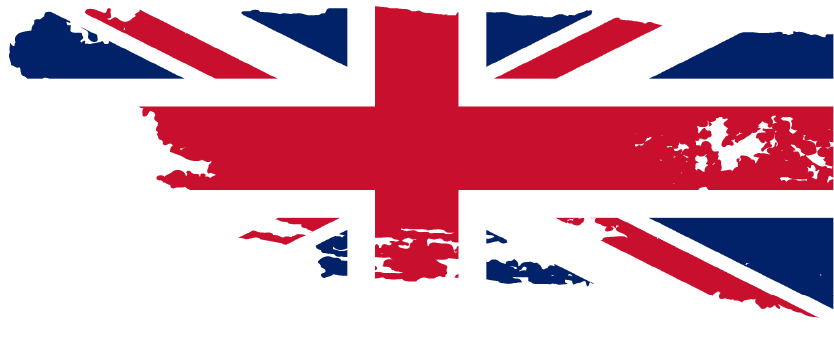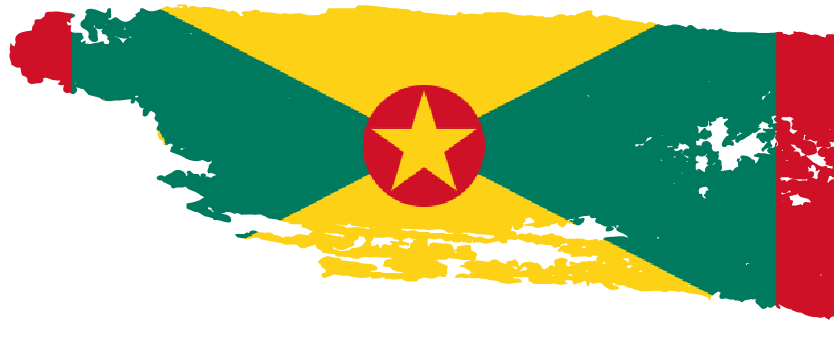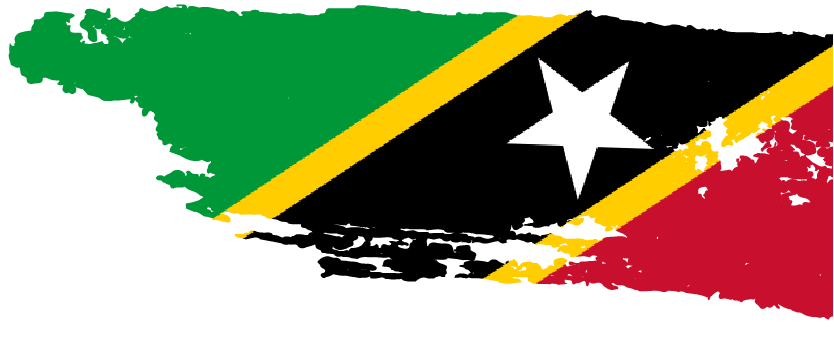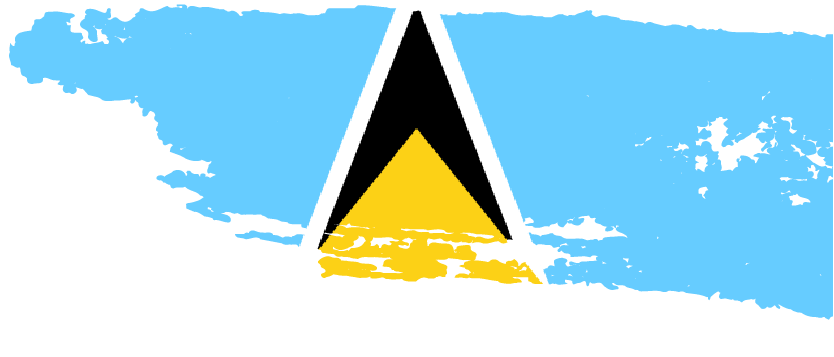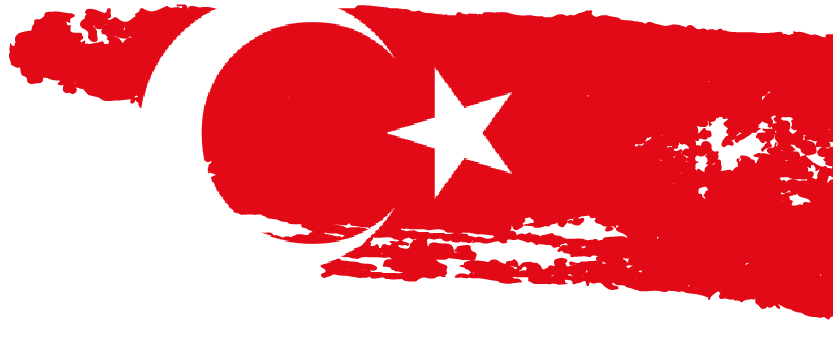The Schengen Area is an area comprising 26 European states that have officially abolished all passport and border control at their mutual borders functioning as a single jurisdiction for international travel purposes, with a common visa policy. The area is named after the 1985 Schengen Agreement.
As of 2020, 22 of the 27 EU member states participate in the Schengen Area.
SCHENGEN MEMBERS
There are a total of 26 states which are part of the Schengen Area.
EU-MEMBER STATES:
22 EU countries that are part of the Schengen Area borders
Austria, Belgium, Czechia, Denmark, Estonia, Finland, France, Germany, Greece, Hungary, Italy, Latvia, Lithuania, Luxembourg, Malta, the Netherlands, Poland, Portugal, Slovakia, Slovenia, Spain and Sweden
NON-EU MEMBER STATES
These four European Free Trade Association countries also participate in the Schengen Area: Iceland, Liechtenstein, Norway and Switzerland
NON SCHENGEN MEMBERS
- EU member states: 4 EU members that are not part of the Schengen Area —Bulgaria, Croatia, Cyprus, and Romania—but are legally obliged to join the area in the future
- Defacto Microstates: Monaco, San Marino, and Vatican City
- Opt-out State – Ireland opted out therefore not part of Schengen Area
- Territories – Territories of French, Dutch and British are not part of Schengen Area
- Note: Schengen states should not be confused with European Union.
CBI COUNTRIES
Malta is the only country that offer citizenship by investment and is part of Schengen. Cyprus, Bulgaria are expected to join the Schengen in the future after 2021. All other CBI passports have visa waiver agreements to visit the Schengen Area with the EU.
TYPES OF SCHENGEN VISAS
- Airport transit visa
- Transit visa valid for 5 days
- Uniform short stay less than 90 days (tourist, business, study)
- Long stay visas for more than 90 days
Visa fee: 80 Euros (from Feb 2020)
Schengen Visas may be issued with limited territorial validity (eg. person holding a travel document not recognised by all Member States)
WHERE TO APPLY?
You must file an application for a Schengen visa at the Consulate of the country that you intend to visit, or – if you intend to visit more than one Schengen State, the Consulate of the country where you will spend the longest period.
As a general rule, you must apply for a visa at the Consulate with territorial competence for the country in which you legally reside.
DURATION OF STAY
The days should be counted from the date you enter the Schengen Area (the entry stamp) to the date you exit the Schengen Area (the exit stamp), i.e. both days included.
As of 18 October, 2013 for the vast majority of the third-country nationals – irrespective of being visa required or exempt – who intend to travel to the Schengen Area for a short stay (contrary to reside in one of the Member States for longer than 3 months) the maximum duration of authorized stay is defined as “90 days in any 180-day period”.
The date of entry shall be considered as the first day of stay on the territory of the Member States and the date of exit shall be considered as the last day of stay on the territory of the Member States. Periods of stay authorized under a residence permit or a long-stay visa shall not be taken into account in the calculation of the duration of stay on the territory of the Member States.
Stays in Bulgaria, Croatia, Ireland, Romania, Cyprus, and the United Kingdom shall not be taken into account as they are not (yet) part of the Schengen Area without internal borders.
ETIAS
The Electronic Travel Authorization will be applicable from 2021 for visa waiver countries to visit the Schengen Area.











